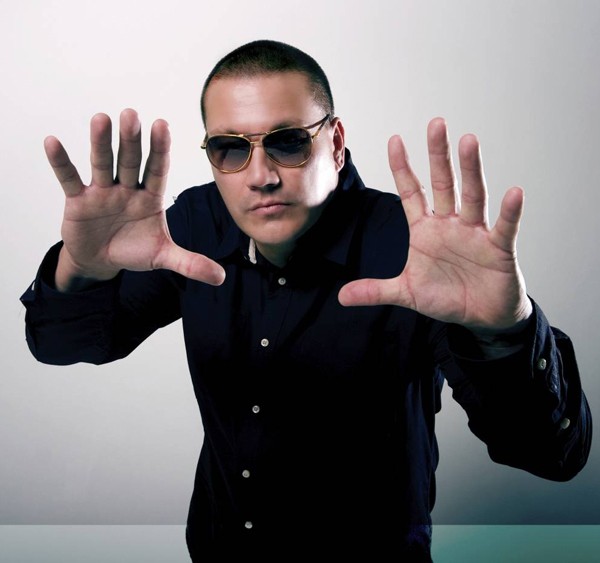Gary ‘Litefoot’ Davis to give lecture at GVSU

GVL / Courtesy – indigenouscollegestudent.wordpress.com
Nov 6, 2017
In celebration of Grand Valley State University’s Native American Heritage Month, Gary “Litefoot” Davis, member of the Cherokee Nation of Oklahoma and business entrepreneur, will be discussing ways to empower oneself and the community Wednesday, Nov. 8, at 5 p.m. in the Kirkhof Center Grand River Room.
Davis’ talk is a part of the GVSU Office of Multicultural Affairs’ (OMA) Professionals of Color Lecture Series. The series aims to help students of color feel comfortable and welcome while receiving inspiration. Additionally, OMA officials hopes Davis’ talk will create awareness across campus and allow students to become more educated about Native American culture and traditions.
“(Davis) is identified as a leader in the community,” said Tonisha Begay, OMA program assistant, staff adviser for the Native American Student Association (NASA) and member of the Native American Advisory Board (NAAB) at GVSU. “For Native students, (Davis’ lecture) gives them an opportunity to see somebody who comes from a culture similar to theirs and may have similar experiences as a Native-identifying person.”
Levi Rickert, publisher/editor of Native News Online and member of the NAAB at GVSU, believes Davis’ presence on campus is critical for GVSU’s effort to create a positive cultural exchange.
“It’s good to have a voice at the university level so we can help influence, in a positive way, American-Indian students and non-Native students,” Rickert said.
Davis made his name as a Native American rapper and has also played multiple roles in various films. Through his music, Davis spoke about civil rights and tribal rights. Today, Davis’ success lies in business and finance while he continues to stay rooted in his culture and raise awareness of inequalities and inequities Native Americans face.
Begay believes it is important for all students to see different depictions of who Native Americans are.
“We’re all human,” Begay said. “It’s good to see the diversity of skilled assets. Although (Davis) is in finance and business, not every Native American is.”
For non-Native students, Davis’ presentation is an opportunity to see someone who is Native-identifying and doing good work, Begay said.
“That positive role model wasn’t implemented to those of us who grew up on reservations,” said Joe Cadreau, GVSU student senator and member of NASA. “(Davis) provides the structure, the history and insight for avenues we can explore to be impactful.”
Less than one percent of GVSU students identify as Native American. Cadreau noted the struggles of identity and shame that many Natives face not just at GVSU but in the U.S. as a whole.
“Our census may say we only have 88 or 89 (Native American) students, but that’s because this dominant society has made it where these students are ashamed to identify as Native Americans,” Cadreau said.
Cadreau addressed many concepts that contribute to feelings of shame, including misconceptions held by the general public.
“We didn’t have freedom until 1978,” he said. “We’re more than feathers or some painting on the wall. We’re still fighting to survive.”
Additionally, Begay said, “In America, we see Native Americans as one people group, but we are hundreds of different cultures.”
Cadreau believes Davis to be a prominent representation of holding pride in one’s heritage, an example of being “loud and proud.”
“(Davis’ talk) is a really good opportunity for (GVSU) to create that cultural exchange, which I think is really so important as we progress as a society, especially with that climate that’s in the United States now,” Rickert said. “There seems to be a covert hatred among races.”
The lecture is LIB 100- and 201-approved.

























